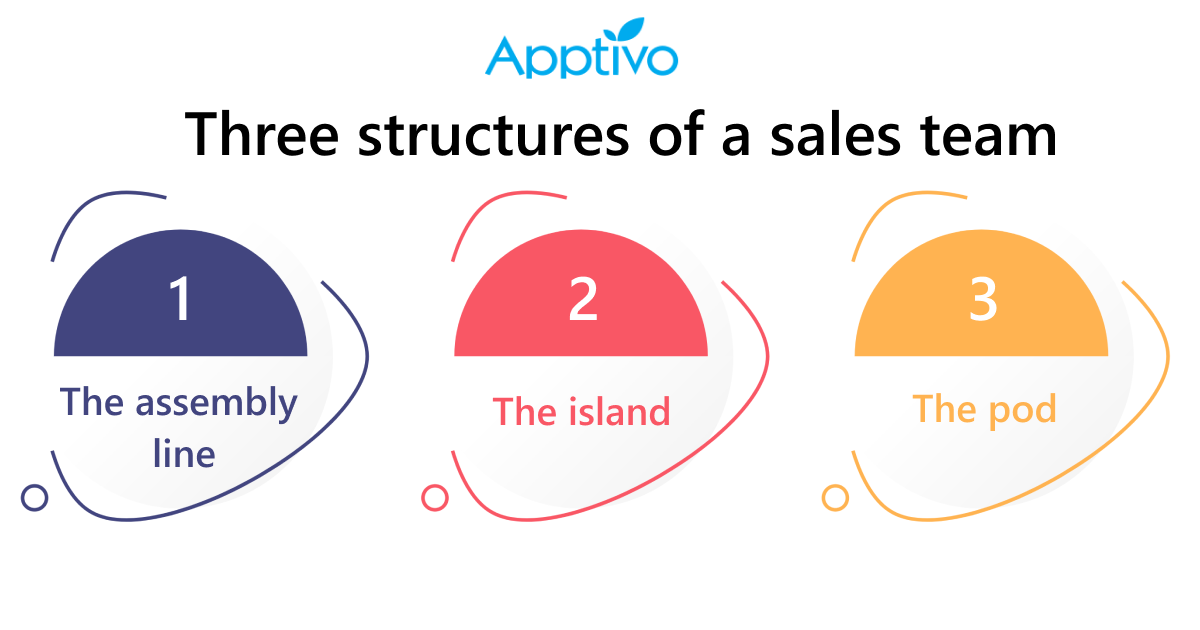 |
INTRODUCTION
Whether you are a product or service based company, you need to have a sales team in order to drive the growth of your business. Sales teams are purely responsible for interacting with the customers and actually help make sales by convincing the customers to make purchases. In order to increase the sales numbers and expedite the revenue of your business, you should have an effective sales team in place to handle all the sales related activities in an efficient manner.
What is a sales team?
A sales team is solely responsible for taking care of sales related activities and achieving the sales goals of an organization. Usually the sales manager heads the team which consists of sales reps, sales executives, sales specialists who work on a daily basis to meet the quarterly or annual sales goals. The sales team takes care of sales generation, customer acquisition and retainment , which favors business growth. Each company’s sales team vary depending on the size and type of the organization.
What are the basic structures of a sales team?
The three main structures of the sales organization include : The assembly line , the island and the pod. All three structures have their own set of advantages and disadvantages.
 |
The Assembly line
In the assembly line model, the sales team is mostly organized based on their job titles. The sales team is responsible for moving the buyers along the funnel. Assembly line helps maximize the operational efficiency of the organization, it also helps scrutinize the rep expertise in specific sales functions and also moves the customers easily throughout the selling process. Some of the disadvantages of assembly line structure includes risk of silos and miscommunication across teams, risk of poor customer experience because of handoffs and incurring expenses or additional cost because of task specialization.
The island
Under the island structure, every sales rep is an island. They manage a single customer from the prospecting to onboarding process. The sales rep is responsible for generating, nurturing, qualifying and converting the leads. This structure gives the sales team a level of autonomy which is required to build and enrich the relationships. The island structure is a model of simplicity and places emphasis on individual rep growth and success and hence it is widely used by smaller sales time in order to maximize their sales goals. The island structure creates a individualistic and competitive culture for the sales reps to work with, it also helps in streamlining the customer relationships and maximizes the rep’s output. The island structure has some disadvantages that pose challenges in managing multiple accounts at different stages of the customer lifecycle.
The pod
The pod model is a combination of both assembly line and island models. Just like the island structure, a single pod will take care of a customer from prospecting till onboarding. Like the assembly line structure, each pod will have individual specialized reps throughout the customer journey. The pod model is usually used by large businesses. The pod model is used to segment the sales teams through which we can assign the pods to product lines, verticals and geographies. The pod helps reduce silos between multiple roles and functions, enables simpler handoff through collaboration and allows leadership in order to make adjustments. The disadvantage of the pod structure makes individual motivation difficult.
What are the roles and responsibilities of sales team members?
There are many different roles and responsibilities shared by each individual in the sales team. Some of these roles are listed below.
1.Sales manager
The sales manager guides the entire sales team and oversees whether each of the sales rep carry out their activities in a prompt manner. Sales managers are solely responsible for training the team members, driving the sales, establishing the sales goals, prioritizing the sales activities and evaluating the sales team’s performance.
2.Assistant sales manager
Some organizations may hire an assistant sales manager who would probably support and assist the sales manager with the entire sales process and team management. The assistant sales manager serves as a bridge between the sales manager and the entire sales team.
3.Account Executives
Account executives also popularly known as sales reps are the core members of the sales team. They are the individuals who directly have communication with the clients. Sales reps usually do field work, or make phone conversations , emails and SMS inorder to connect with the clients.
4.Customer success representatives
A sales team usually has a customer service or customer success representative. The main focus of this role is to retain the customers and reach out to them for further cross selling or upselling opportunities. The customer success rep makes sure that the customers renew their sales and follow up with the transactions.
5.Sales specialists
Sales specialists have expert knowledge on all facets of sales operations and processes. When a customer comes up with an issue, a sales specialist is likely to solve their issues and guide them throughout the journey.
Five steps to create a successful sales team
1.Determine the type of team you want to work with. The professionals you need for your sales team depend on the nature of your industry, the products/services you sell, the competitors, the growth ratio and the target market. Based on that, hire the right team members for your sales management.
2.Ensure they have enough skills and abilities to carry out the sales related activities.
Devise a well reputed sales process from prospecting till onboarding. You have to ensure whether the sales rep are moving the customer from one sales stage to another. Your sales team must scale the sales funnel and improve the conversions.
3.The sales team needs to define the KPIs required to monitor the sales progress. By measuring the KPIs, you can analyze whether the goals are aligned with the results. KPIs empowers the sales team to perform towards the desired end results.
4.Train and motivate the sales team often. Sales teams play a vital role in customer conversion. You need to encourage the sales team to adopt new sales acceleration tools and techniques to drive results.
5.Today automation plays a key role in business processes. Enable your sales team to automate repetitive workload and concentrate on other important tasks. This will inturn help the sales team to achieve their ROI effectively.
Conclusion
Sales team is considered as the backbone for any business. Without a good sales team in place, a company will have tough times in making sales. Sales team enhances the growth of the company and maximizes the profitability of the firm. Hence building a good sales team is necessary in order to achieve the sales goals and objectives in an effective manner.
FAQs
A good sales team has to plan and prioritize the sales related activities and deliver the sales goals promptly. The team should collaborate their work, engage more in discussions, monitor the sales related metrics, provide consistent feedback, ensure proper communication and share customer success stories.
The sales department is usually involved in framing the sales goals, selecting the sales personnel, formulating sales related policies, strategizing the sales promotion and finally delivering the sales objectives.




